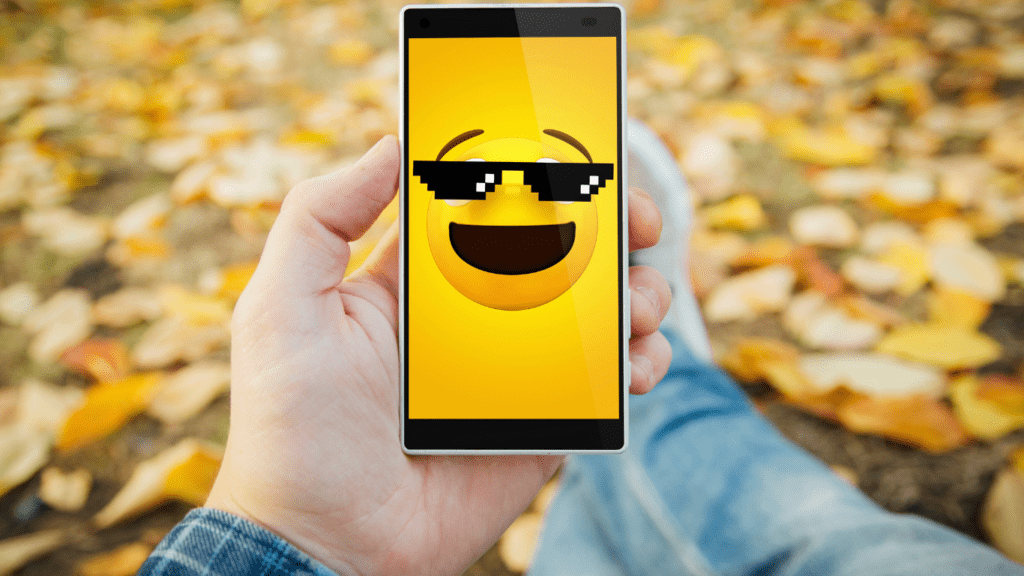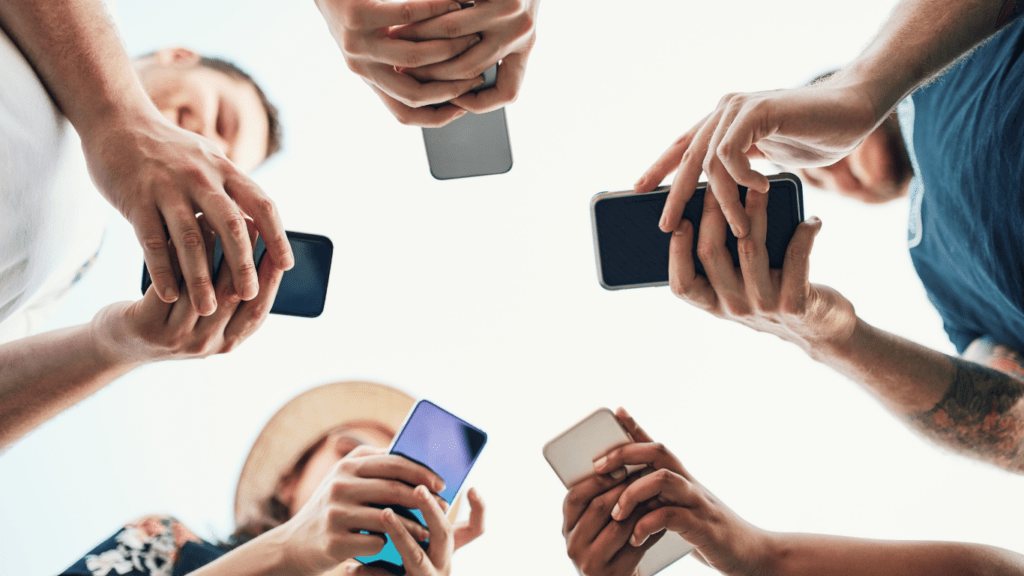The Evolution Of Memes
Memes began as simple text-based jokes or image macros in the early days of the internet. These early memes often combined block text with humorous or relatable images, like the iconic “Bad Luck Brian” or “Y U NO Guy.” Their simplicity made them easy to create and share across early online forums and social media platforms, like Myspace and Reddit.
As social media advanced, video and GIF memes gained prominence. Platforms like Vine and YouTube popularized formats such as “Rickrolling” and “Charlie Bit My Finger.” Video memes allowed for more creativity through audio-visual elements, broadening their appeal and reach.
In the mid-2010s, memes evolved further with surreal and abstract humor. Memes like “Dat Boi” or “Shrek Is Love” entered the mainstream, using randomness and absurdity to entertain. This era also saw the rise of dank memes, which catered to niche internet communities through irony and layered references.
The introduction of AI has changed memes significantly. AI-generated content now creates personalized, context-driven humor. Memes like deepfake parodies or GPT-based generators produce content with unprecedented speed and variety. This shift demonstrates how technology continues to redefine meme creation and consumption.
Early Internet Memes
Early internet memes laid the foundation for meme culture, blending humor with simplicity. These early creations gained traction through grassroots sharing on forums, emails, and nascent social platforms.
The Rise Of LOLcats
LOLcats emerged as one of the first viral sensations, epitomizing the internet’s quirky humor. Featuring images of cats paired with text in Impact font, such as “I Can Has Cheezburger?”, this meme format exploded in popularity in the mid-2000s. The LOLcats phenomenon spread through platforms like I Can Has Cheezburger?, which built an entire community dedicated to captioned cat photos. These memes showcased the internet’s love for anthropomorphizing animals while proving how humor and relatability could make content universally appealing.
Impact Of Trollface And Rage Comics
Trollface and Rage Comics defined an era of internet expression with simple, hand-drawn illustrations. Created by Carlos Ramirez in 2008, Trollface became an enduring symbol of online trolling and pranks. Rage Comics utilized a panel format with expressive “rage faces” like “Y U NO” and “Forever Alone” to depict everyday frustrations and awkward interactions. Accessible through meme generators, these comics empowered users to create and share personalized stories, cementing their role as an essential tool in online self-expression.
The Golden Era Of Memes

The golden era of memes marked a cultural peak, fueled by the explosive growth of social media and their influence on mainstream culture. This period solidified memes as indispensable tools for communication and entertainment.
Social Media And Viral Memes
Social media platforms like:
played a central role in amplifying meme visibility. Memes like “Grumpy Cat” and “Distracted Boyfriend” found widespread success due to their shareability and universal appeal. Algorithms prioritized viral content, enabling memes to reach millions within hours. Reddit and Tumblr became breeding grounds for niche humor, while Snapchat and TikTok diversified meme formats with ephemeral videos and interactive trends. Hashtags further encouraged viral participation, such as the “Ice Bucket Challenge” or “Harambe” outcry.
Memes Shaping Pop Culture
- Memes became cultural phenomena by influencing music, movies, and advertising.
- “Do It For The Vine” inspired creators on the short-lived platform to produce iconic six-second clips, while “Shrek” memes revived interest in the franchise long past its release.
- Brands integrated memes into marketing campaigns, capitalizing on their relatability and engagement potential, as seen with Wendy’s sassy Twitter persona in 2017.
- Meme references in blockbuster films like “Deadpool” or lyrics in viral songs such as “Old Town Road” blurred the lines between entertainment and internet culture.
Modern Memes And AI
Memes have embraced modern technology, with AI now playing a pivotal role in their creation and evolution. AI-generated humor has brought a new level of sophistication to meme culture.
AI-Generated Memes
AI tools like GPT-4 and DALL·E create memes that are both inventive and highly personalized. These systems analyze vast amounts of cultural data, crafting jokes that resonate on multiple levels. For instance, AI can generate deepfake memes featuring celebrity impressions or entirely new characters. Platforms such as Meme Generator AI allow users to input text prompts, producing relevant memes quickly. AI-generated formats like “Shrek X Cyberpunk Mashups” highlight the boundary-pushing creativity AI adds to humor creation.
The Influence Of AI On Meme Trends
AI reshapes how memes spread by optimizing their viral potential. Algorithms prioritize relatable or niche content, ensuring memes reach the right audiences. For example, recommendation systems on TikTok analyze user preferences, boosting engagement with AI-curated memes. AI also enables rapid adaptation to cultural events, allowing trends like “Elon Musk AI Deepfakes” to dominate conversations momentarily. Moreover, AI-driven tools automate meme production, making creativity accessible to users without design skills, fostering broader participation in meme culture.


